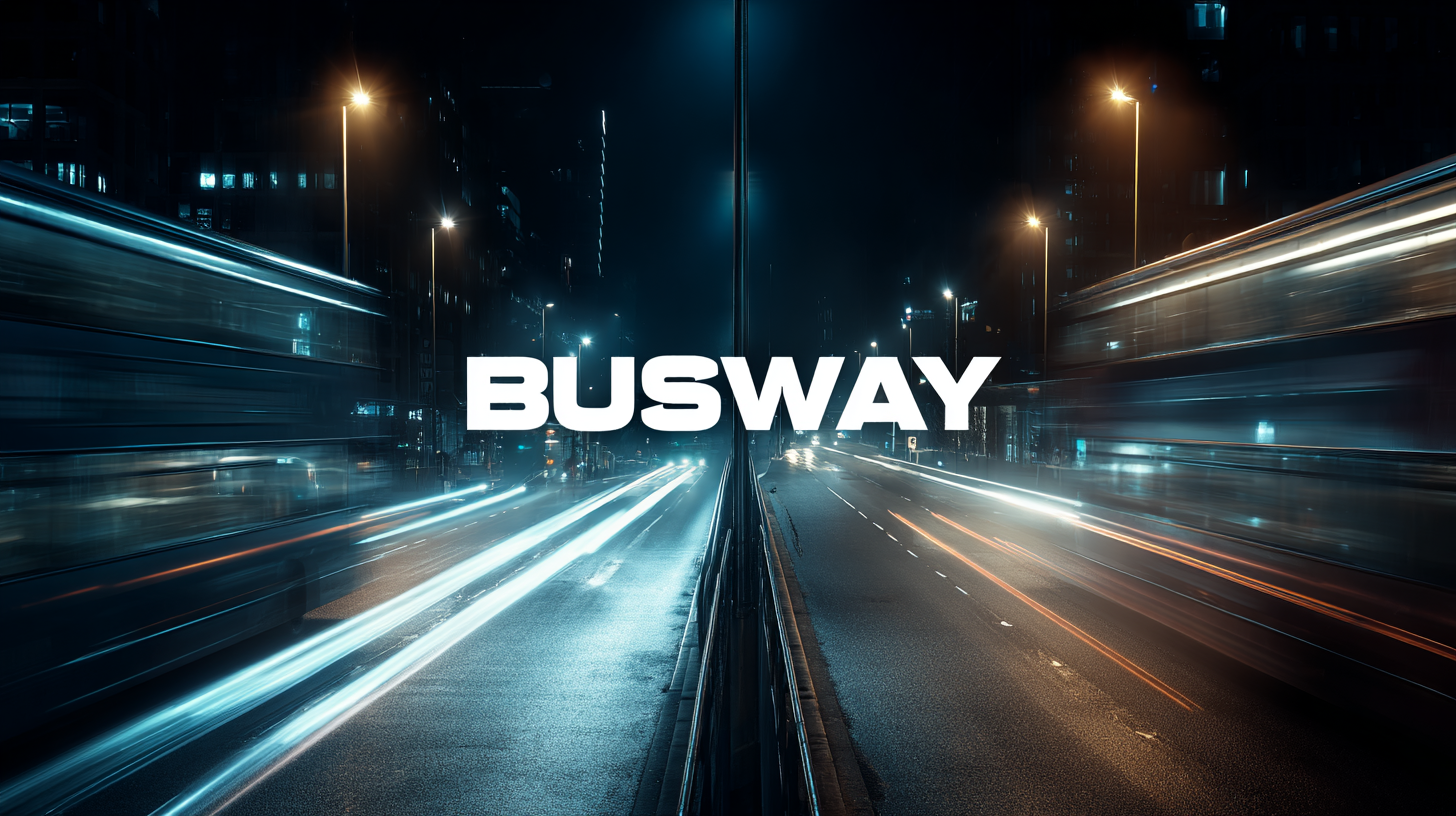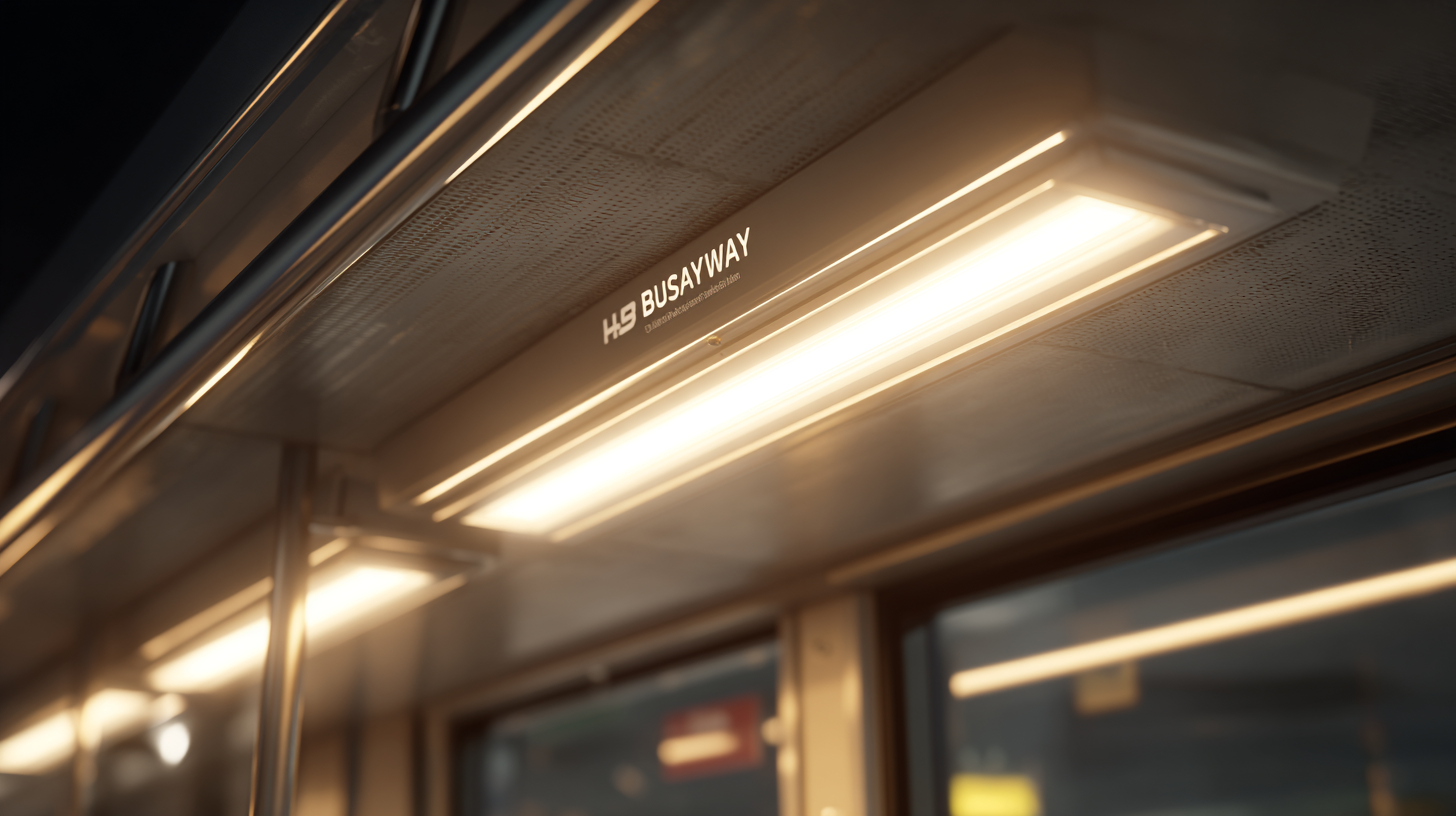Leave Your Message
-
Phone
-
E-mail
-
Whatsapp
-
Whatsapp


 When it comes to optimizing the efficiency and safety of your business environment, one of the most crucial factors to consider is your lighting solutions. Busway lighting, in particular, has emerged as a significant component in industrial and commercial settings, offering flexibility and ease of installation that traditional lighting often lacks.
When it comes to optimizing the efficiency and safety of your business environment, one of the most crucial factors to consider is your lighting solutions. Busway lighting, in particular, has emerged as a significant component in industrial and commercial settings, offering flexibility and ease of installation that traditional lighting often lacks.
However, selecting the right busway lighting solutions can be overwhelming given the variety of options available in the market. To help you navigate this complex landscape, we have created the ultimate checklist that focuses on essential industry production standards, ensuring that your choice not only meets aesthetic and functional demands but also adheres to safety and efficiency regulations. By understanding these standards and their implications, you can make informed decisions that enhance productivity while maintaining a well-lit and inviting atmosphere for your employees and customers alike.
When selecting busway lighting solutions for your business, there are several key factors to take into consideration to ensure optimal performance and efficiency. Firstly, the type of environment in which the lighting will be used is crucial. Industrial settings may require robust and durable fixtures that can withstand harsh conditions, while commercial spaces might benefit from aesthetically pleasing designs that enhance the overall ambiance. Additionally, understanding the specific lighting needs—such as brightness levels and color temperature—will aid in choosing the right fixtures that promote productivity and comfort for employees and customers alike.
Another critical aspect is energy efficiency. Opting for LED lighting solutions can significantly reduce energy consumption and operating costs over time. Evaluating the lifespan and maintenance requirements of the lighting systems is equally important; longer-lasting lights not only save money but also minimize disruption caused by frequent replacements. Furthermore, considering the scalability of the lighting solutions can prepare your business for future expansion. By assessing these factors, you can ensure that your busway lighting solutions are a perfect fit for your operational needs and contribute positively to your overall business environment.
| Key Factor | Description | Considerations |
|---|---|---|
| Light Output | The amount of illumination provided by the lighting solution. | Ensure adequate lumens per square foot for the intended area. |
| Energy Efficiency | The efficiency of the lighting solution in terms of energy consumption. | Look for LED options with a high lumen-to-watt ratio. |
| Durability | How well the lighting can withstand environmental factors. | Consider materials resistant to corrosion and impact. |
| Installation Complexity | The difficulty and cost of installing the lighting solution. | Evaluate if professional installation is required. |
| Maintenance Requirements | How often the lighting solution needs servicing or replacement. | Choose options with low maintenance needs to save costs. |
| Color Temperature | The warmth or coolness of the light emitted. | Select a color temperature that suits the ambiance of your business. |
| Cost | The overall price of the lighting solution. | Consider both initial and long-term costs, including energy savings. |
When considering busway lighting solutions for your business, the advantages of LED technology cannot be overlooked. LED lighting is renowned for its energy efficiency, longevity, and low maintenance costs. According to a recent industry report, LED lights can last up to 25 times longer than traditional lighting options, significantly reducing replacement costs over time. In addition, LEDs consume up to 75% less energy, which is increasingly vital as businesses face rising energy prices amid competitive pressures.
**Tips:** When selecting an LED lighting solution, look for products that provide a high lumen output with lower wattage. This not only ensures brighter lighting for busway applications but also enhances safety for passengers waiting at stops. Additionally, consider smart LED options that allow for adaptive lighting, which can further reduce energy usage by adjusting brightness based on real-time demand.
Moreover, with advancements in smart technologies, integrating LED lights with IoT systems can lead to smarter traffic management and real-time updates, improving overall customer experience. For instance, employing sensor systems can optimize lighting based on occupancy, thereby ensuring that energy is only utilized when necessary. This not only promotes sustainability but also aligns with modern consumer expectations for efficiency and technological innovation in public transportation.

When selecting busway lighting solutions for your business, assessing energy efficiency and cost-effectiveness is crucial. Energy-efficient lighting not only reduces utility bills but also contributes to a reduced carbon footprint, making it a win-win for both your budget and the environment. To determine the ideal lighting, start by reviewing the energy consumption ratings of different solutions. Opt for LED fixtures, which offer longer lifespans and lower energy use compared to traditional lighting options.
A practical tip is to conduct a cost analysis that includes initial installation expenses alongside long-term savings from lower energy consumption. This thorough evaluation can help you identify lighting systems that offer the best return on investment. Additionally, consider utilizing smart lighting controls, such as motion sensors and timers, which can further enhance energy savings by ensuring lights are only on when needed.
Another aspect to factor in is maintenance costs. While some high-efficiency systems may come with a higher upfront cost, their longevity can lead to reduced maintenance and replacement expenses. Regularly revisit your lighting strategy to ensure it aligns with evolving energy standards and technological advancements, helping you maintain a cost-effective and energy-efficient lighting solution that supports your business's growth.

When it comes to choosing the best busway lighting solutions, customization is key to meeting diverse business needs. Different environments and operational requirements necessitate unique lighting configurations that enhance safety, visibility, and aesthetic appeal. Businesses operating near major transit hubs, such as busways or light rail stations, must consider factors like illumination levels, energy efficiency, and adaptability to various weather conditions. By tailoring lighting solutions, businesses can not only improve the customer experience but also optimize energy costs and enhance their brand’s visibility.
Recent discussions surrounding public transport developments, like those in West Seattle and Auckland, highlight the importance of effective lighting in transit areas. As cities evolve their transport strategies, integrating well-designed and customized lighting systems will be essential in ensuring safety and usability for passengers and drivers alike. Investing in customized busway lighting solutions can provide businesses with a competitive advantage, elevating their visibility and appeal in an increasingly urbanized landscape. Whether enhancing existing infrastructures or preparing for new transit initiatives, selecting the right lighting is a crucial step in fostering a functional and inviting transportation environment.
When selecting busway lighting solutions for your business, understanding the relevant safety standards and regulations is crucial. The National Fire Protection Association (NFPA) and the Illuminating Engineering Society (IES) provide guidelines that ensure lighting installations are both effective and safe for public spaces. For instance, according to NFPA 70, proper illumination levels must be maintained to reduce the risk of accidents in busway environments, with a recommended minimum of 10 foot-candles in transit areas. Adhering to these standards not only enhances safety but also contributes to compliance with local and federal regulations.
Tip: Always check the latest updates on safety regulations from authoritative bodies to ensure your lighting solutions are up to code.
In addition to compliance, consider energy efficiency as a key factor in your lighting selection. The U.S. Department of Energy reports that well-designed lighting systems can reduce energy consumption by up to 50%, which is not only beneficial for the environment but also for your operating costs. Utilizing LED technology, which has a lifespan of up to 25,000 hours, can significantly decrease maintenance expenses and energy use.
Tip: Opt for lighting fixtures with high energy efficiency ratings and long lifespans to maximize your investment while maintaining compliance with safety standards.
